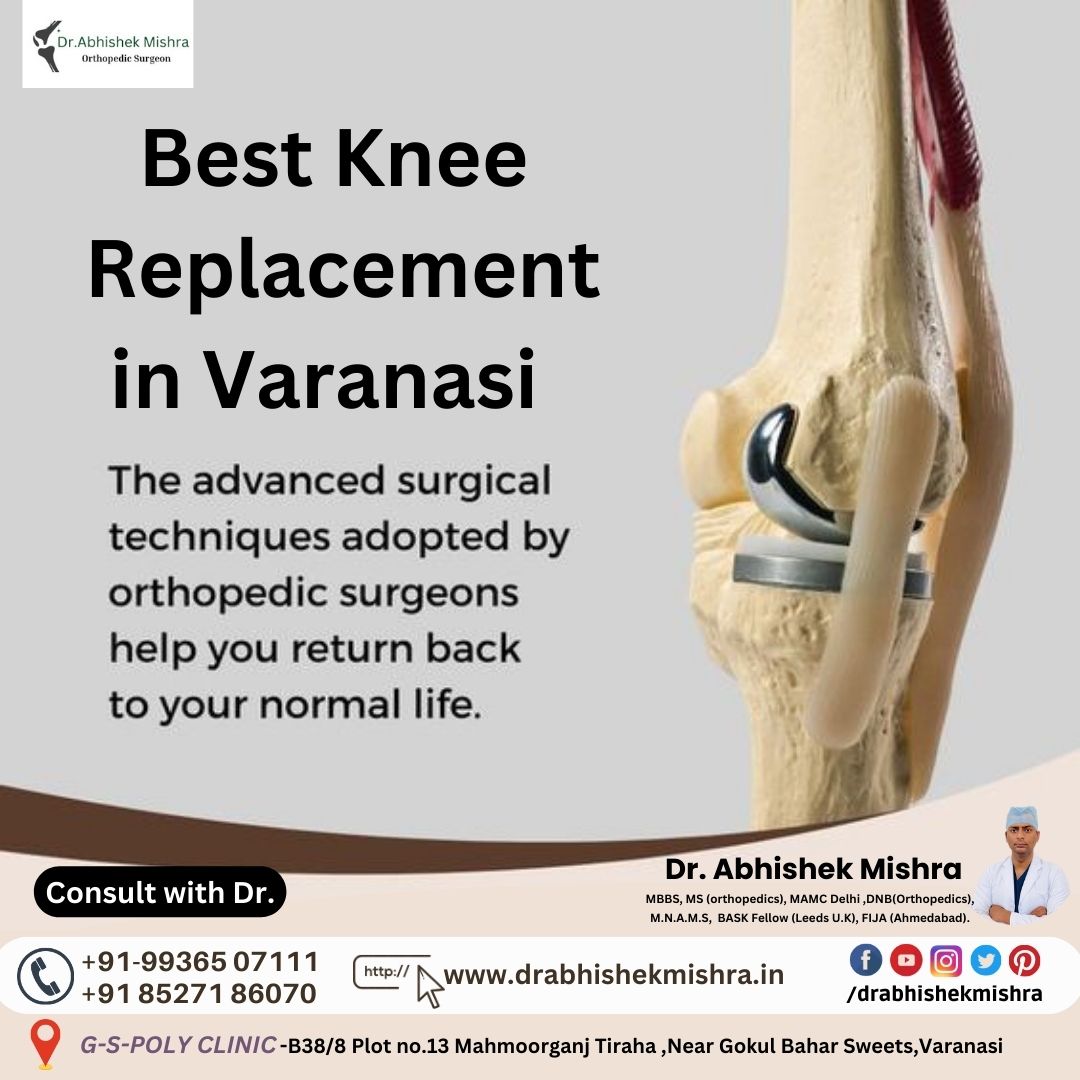Here are some key points about knee replacement:
- Reasons for Knee Replacement:
- Osteoarthritis: The most common reason for knee replacement is osteoarthritis, a degenerative joint disease that causes the breakdown of cartilage in the knee.
- Rheumatoid Arthritis: Inflammatory arthritis can also lead to the need for knee replacement.
- Post-Traumatic Arthritis: Severe fractures or injuries to the knee can result in arthritis over time.
- Procedure:
- During knee replacement surgery, the damaged portions of the knee joint are removed and replaced with an artificial joint made of metal and plastic.
- There are different types of knee replacement procedures, including total knee replacement (replacing the entire knee joint) and partial knee replacement (replacing only the damaged part of the knee).
- Recovery:
- After surgery, a rehabilitation program is typically recommended to help the patient regain strength, flexibility, and mobility.
- Physical therapy is a crucial part of the recovery process to ensure proper healing and to maximize the benefits of the knee replacement.
- Risks and Complications:
- As with any surgical procedure, knee replacement comes with risks, including infection, blood clots, and complications related to anesthesia.
- While complications are relatively rare, it’s important for patients to be aware of potential risks and discuss them with their healthcare provider.
- Success and Longevity:
- Knee replacements are generally successful in relieving pain and improving function.
- The longevity of a knee replacement depends on various factors, including the patient’s age, activity level, and the type of implant used.


No responses yet